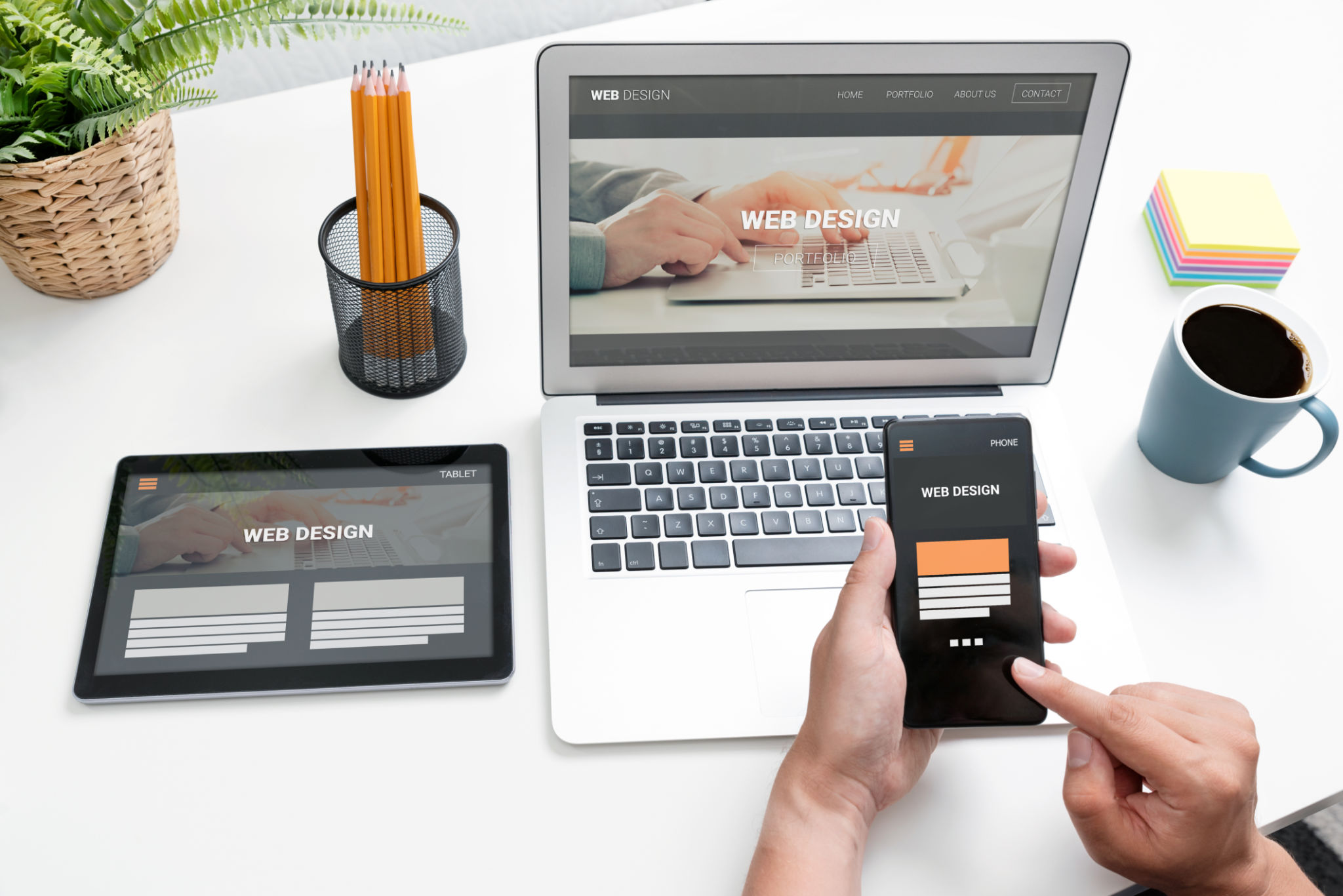Exploring Modern Web Design Trends for Dynamic Business Growth
Understanding the Shift in Web Design
The landscape of web design is ever-evolving, particularly as businesses strive for dynamic growth. Modern web design trends are not just about aesthetics but focus on enhancing user experience and functionality. With the continuous advancement in technology, businesses are compelled to integrate these trends to stay relevant and competitive.
In recent years, there has been a significant shift towards minimalistic designs that prioritize user engagement. This approach simplifies navigation and enhances accessibility, ensuring that visitors can easily find what they need without being overwhelmed by excessive information.

Embracing Responsive Design
Responsive design remains a critical trend in modern web design. As mobile device usage continues to skyrocket, ensuring that websites are adaptable to various screen sizes is crucial. This trend not only improves user experience but also positively impacts SEO rankings, as search engines favor mobile-friendly sites.
Responsive design involves using flexible layouts, scalable images, and CSS media queries to provide an optimal viewing experience across different devices. By incorporating these elements, businesses can ensure that their websites are accessible and user-friendly, regardless of how they are accessed.
Incorporating Advanced Interactivity
Another trend gaining traction is the incorporation of advanced interactivity through animation and micro-interactions. These elements can significantly enhance user engagement by making the browsing experience more enjoyable and informative. For instance, animations can be used to guide users through complex processes, while micro-interactions can provide instant feedback on user actions.

The Rise of Dark Mode
The introduction of dark mode is another modern trend that has gained widespread popularity. This feature not only reduces eye strain for users during prolonged browsing sessions but also gives websites a sleek and modern appearance. Implementing dark mode can also improve battery life on OLED screens, which is a practical benefit for mobile users.
Websites offering a toggle between light and dark modes provide users with the flexibility to choose their preferred viewing experience. This customization enhances user satisfaction and can lead to increased time spent on the site.
Utilizing Artificial Intelligence
Artificial Intelligence (AI) is increasingly being integrated into web design to create personalized user experiences. AI-powered chatbots, for example, can provide real-time assistance to users, improving customer service without requiring human intervention.

Additionally, AI algorithms can analyze user behavior to deliver tailored content and recommendations, thereby enhancing engagement and conversion rates. This level of personalization is becoming a standard expectation among consumers, making it an essential component of modern web design.
Conclusion
Adopting modern web design trends is essential for businesses seeking dynamic growth in today's digital landscape. By embracing responsive design, advanced interactivity, dark mode, and AI integration, companies can significantly enhance their online presence. These trends not only improve user experience but also drive engagement and conversions, ultimately contributing to business success in a competitive market.
